

Matt Campbell
2026 Hyundai Tucson Hybrid review
1 Day Ago
It's bigger, wider and offers more interior space. And it now also shares a platform with the new Nissan X-Trail. Paul Maric checks out the all-new Mitsubishi Outlander.
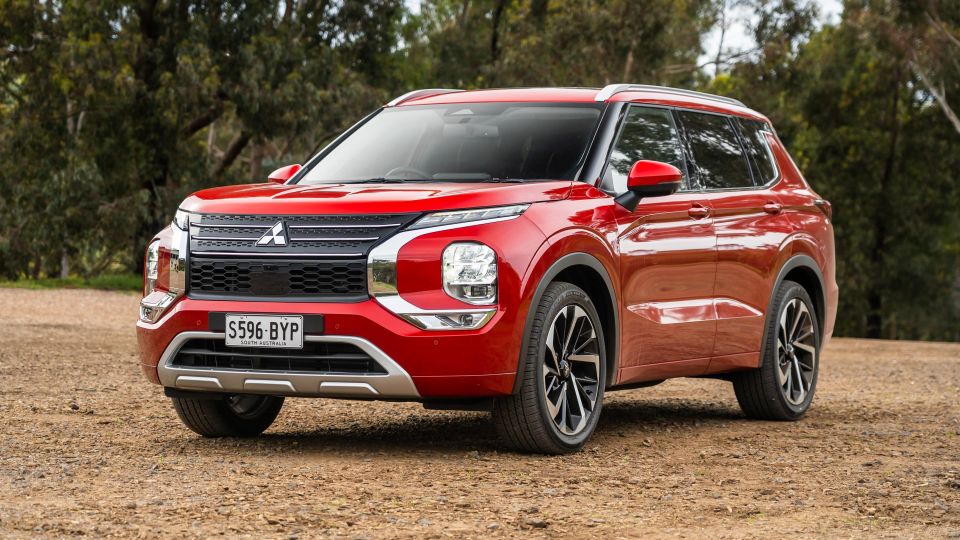
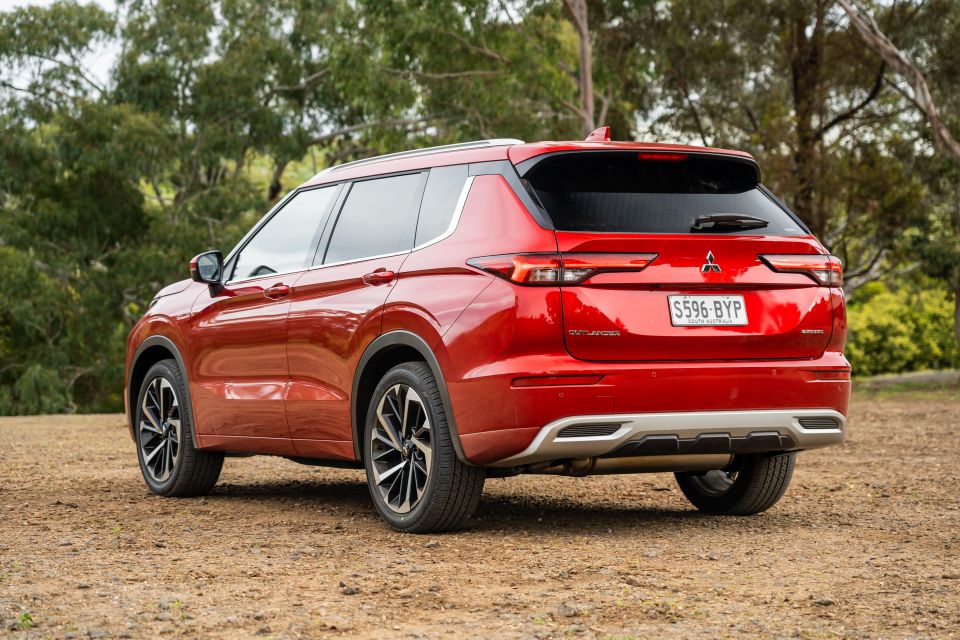

Quickly see how this car stacks up against its competition. Select any benchmark to see more details.
Where expert car reviews meet expert car buying – CarExpert gives you trusted advice, personalised service and real savings on your next new car.
The Mitsubishi Outlander has always been an SUV designed to offer great value. It was the first choice for many families after a dependable SUV that didn’t have all the bells and whistles, but also didn’t break the bank.
Mitsubishi is hoping to change that with the 2022 Mitsubishi Outlander. Not only does it now share a platform with the all-new Nissan X-Trail, it brings with it a stack of new features that promise to make the Outlander more than just a value proposition.
A plug-in hybrid version of the all-new Outlander just around the corner, but we’ve jumped behind the wheel of the new petrol-powered SUV to see whether it can now take on the big sellers in the segment.
Pricing is up for 2022, but so are the levels of technology and luxury on offer. That should come as no surprise, given the old Outlander is approaching 10 years old.
The new Outlander range kicks off from $34,490 before on-road costs for the entry-level Outlander ES front-wheel drive and runs all the way through to $49,990 before on-roads for the top-specification Outlander Exceed Tourer AWD.
The model tested here, the 2022 Mitsubishi Outlander Exceed AWD, is priced from $47,990 before on-roads and sits one down from the top of the range.

Buy your new car without the stress. It's fast, simple and completely free.

Great service from Travis and team, second time I have used this business would not hesitate to recommend them to anyone
Craig C.
Purchased a Ford Ranger in Sunshine Coast, QLD
CarExpert helped Craig save thousands on his Ford Ranger, now let us save you on your next new car.
Find a dealUnlike the previous-generation Outlander, the latest model comes loaded with equipment – especially as you move up the model range to the Exceed.
We’ve listed the features you’ll find across the range below, including the Exceed tested here.
Standard kit on the Outlander ES includes:
Moving to the Outlander LS gets you:
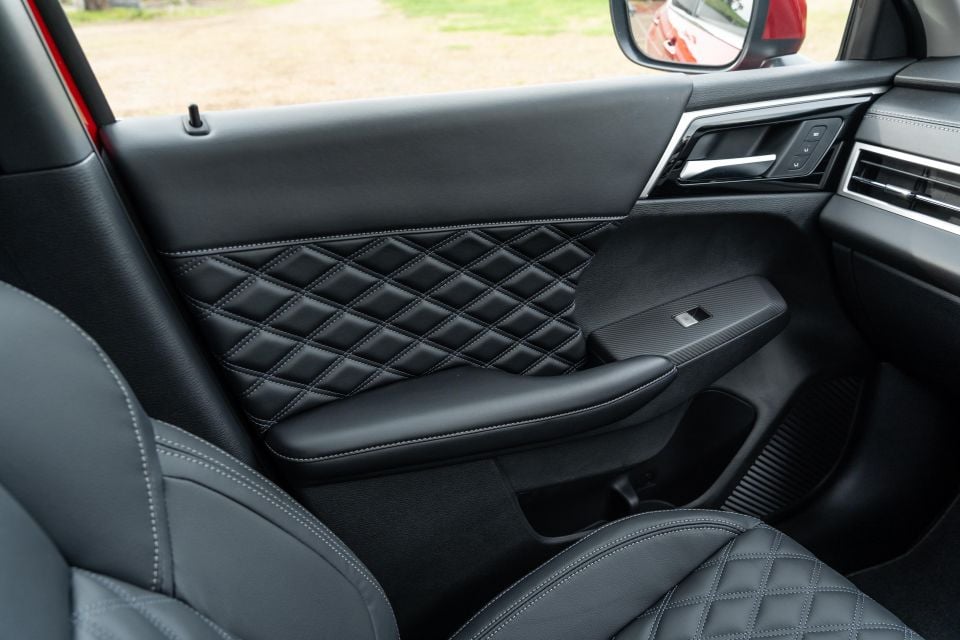
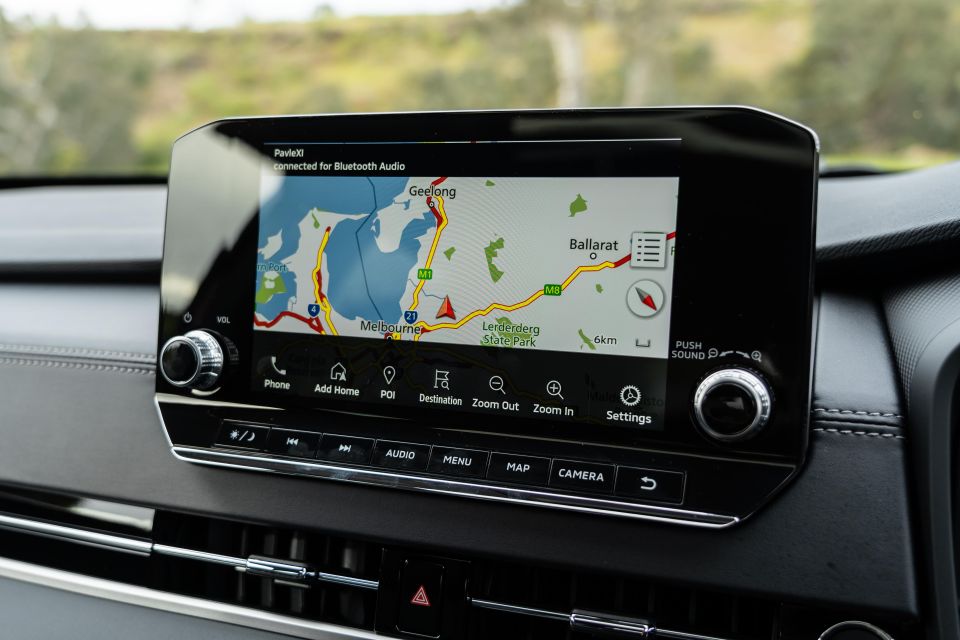
Moving to the OutlanderAspire gets you:
Jumping to the Outlander Exceed (as tested) adds:
The Outlander Exceed Tourer features:

The 2022 Mitsubishi Outlander hasn’t been crash tested by ANCAP, but it’ll come with a full suite of active safety features standard across the range.
On the ES that includes:
Moving to the LS (and all models above it) gets you rear cross-traffic alert and reverse AEB.
All models feature first-row front, centre, and side airbags, a driver’s knee airbag, and curtain airbags for the first and second rows.
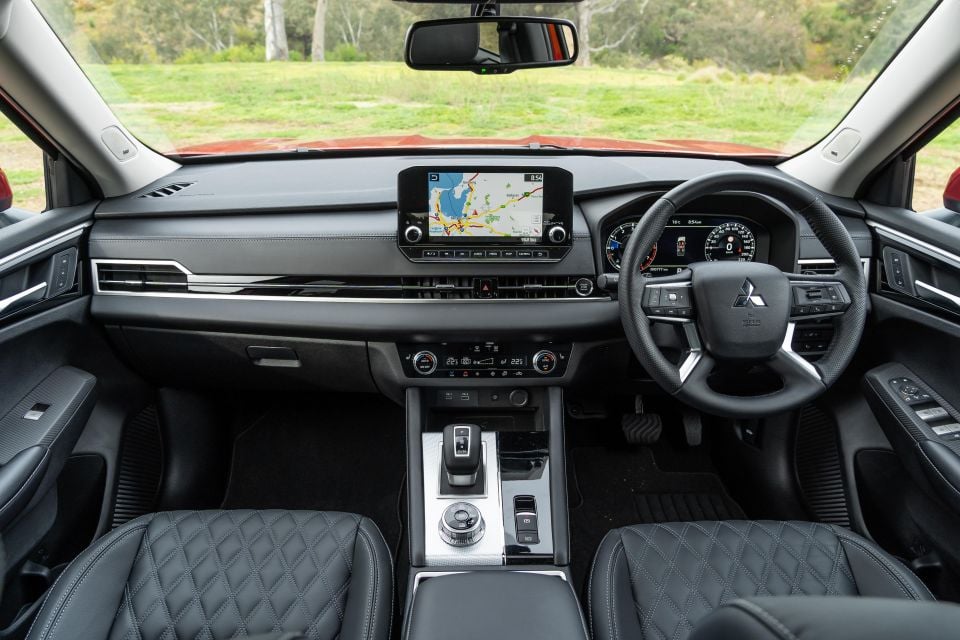
I never thought I’d say this about the Outlander, but the interior is really nicely presented, especially here in the high-grade Exceed trim with diamond stitching on the doors and seats.
Sitting atop the dashboard is a new 9.0-inch infotainment system. It features AM/FM and DAB+ radio, along with a 10-speaker Bose branded sound system. The sound system is excellent and provides plenty of punch.
Also included are wireless Apple CarPlay and wired Android Auto smartphone mirroring, in addition to wireless phone charging.
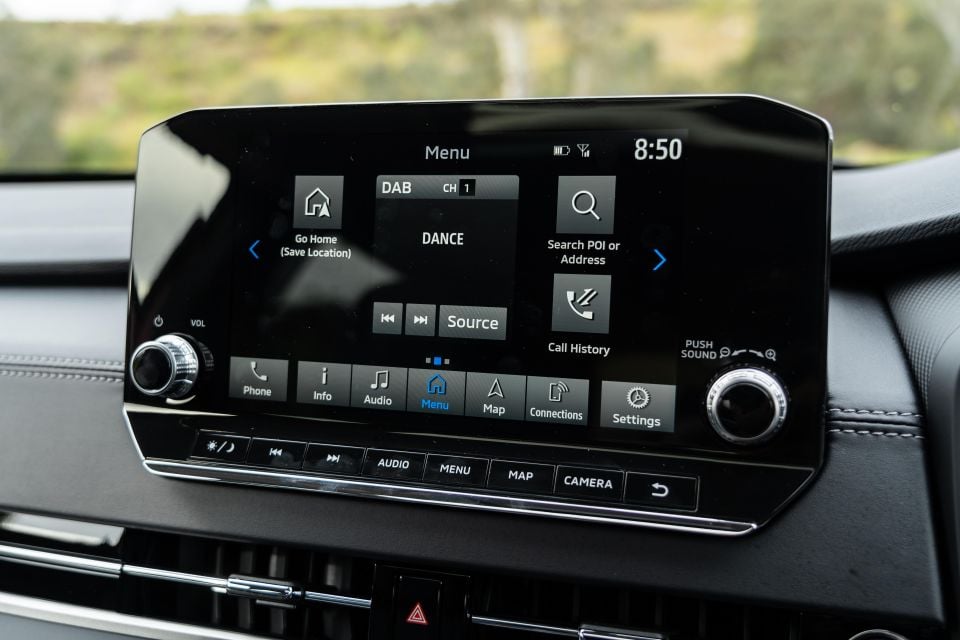
While the infotainment isn’t class-leading, it’s simple to use and comes with some of the best smartphone mirroring tech in the segment.
Ahead of the driver is a 12.3-inch digital instrument cluster that offers customised menu displays and an ability to run through safety systems, trip computer, navigation, and audio.
There’s also a big head-up display. It’s super sharp and remains stable over bumps – it’s an odd thing to mention, but some cars have displays that bounce around while the car hits bumps. This one is super steady all the time.
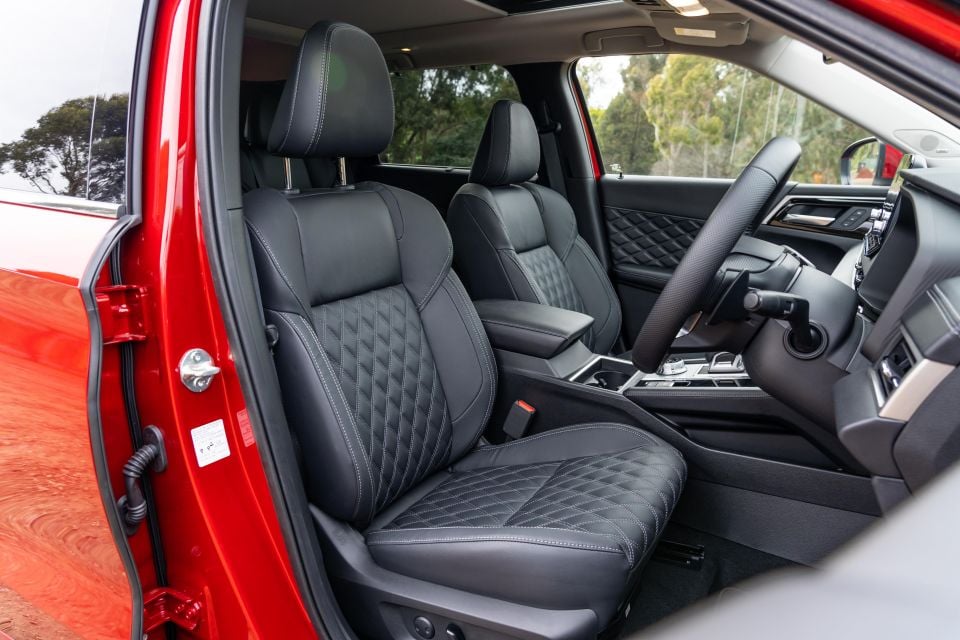
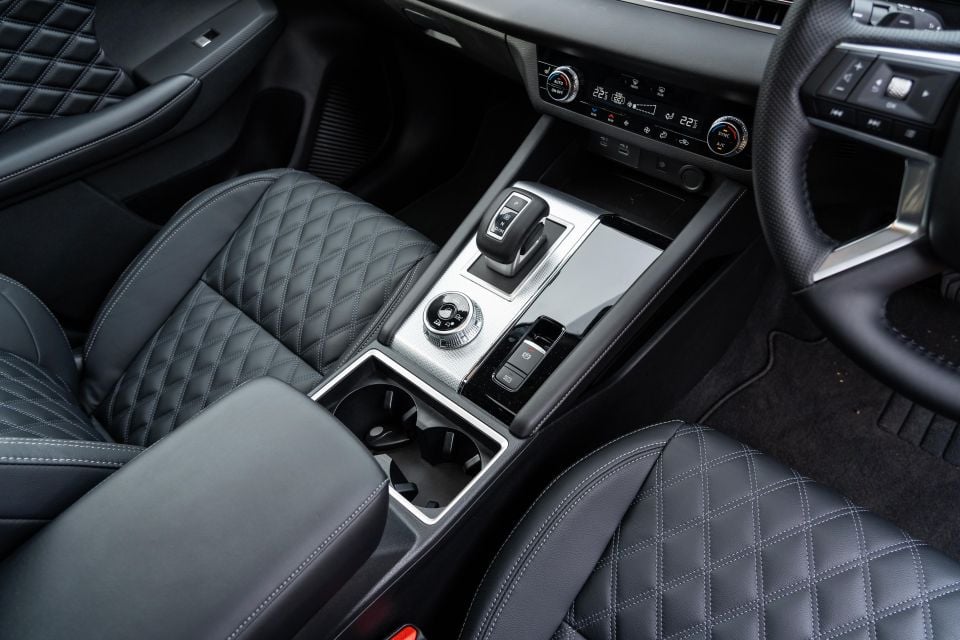
Mitsubishi has gone to a great deal of effort to make the interior feel luxurious and premium. There are soft touch materials along the dashboard, along with the centre tunnel and door trims.
The front row offers plenty of leg- and head room, even for taller drivers. The second row is also surprisingly accommodating with ample knee-, toe-, and head room for adult passengers.
All three seating positions offer top-tether points for baby seats, while the two outboard seats come with ISOFIX. The second row features a third climate control zone with its own air vents and mix of USB-C and USB-A ports.

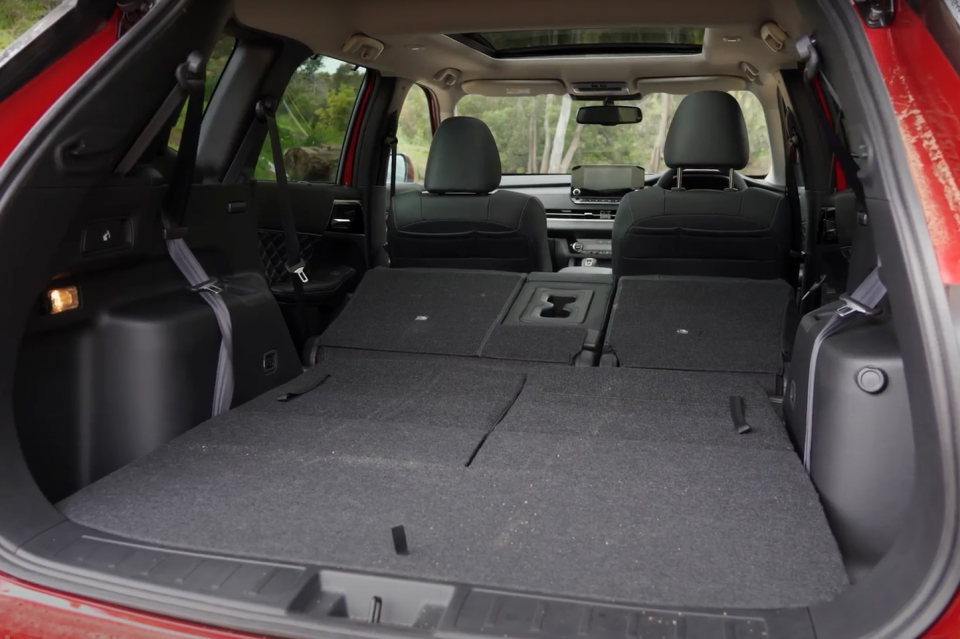
The second row falls forward and slides for access to the third row or can stow flat for more cargo space. The third row is strictly an occasional use zone. You won’t fit any adults in there and bigger kids will be a stretch, but the fact it exists is a bonus.
It’s also worth pointing out the second row offers a 40:20:40 split-folding configuration and the two outer seats offer manual sun blinds.
Cargo capacity comes in at 163 litres behind the third row, 478 litres with the third row stowed, and up to 1461 litres with the second and third rows stowed.
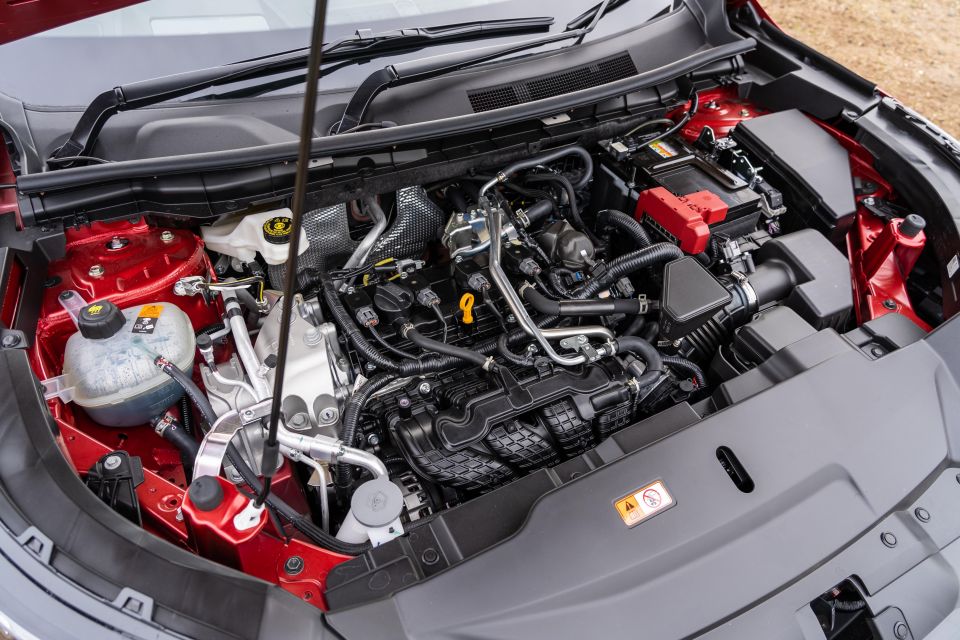
Power in the 2022 Mitsubishi Outlander comes from a 2.5-litre naturally-aspirated petrol four-cylinder engine with 135kW of power and 245Nm of torque.
The standard transmission is a CVT with eight pre-programmed steps to mimic a conventional automatic.
All-wheel drive models have a new version of the S-AWC system used in the outgoing model, capable of pinching the brakes on individual wheels to pull the Outlander into line when you’re cornering in a hurry. Mitsubishi says it’s faster-acting than before.
Fuel economy comes in at 8.1 litres of fuel per 100km on the combined cycle. On test we saw 9.5L/100km with a mix of city and highway driving.
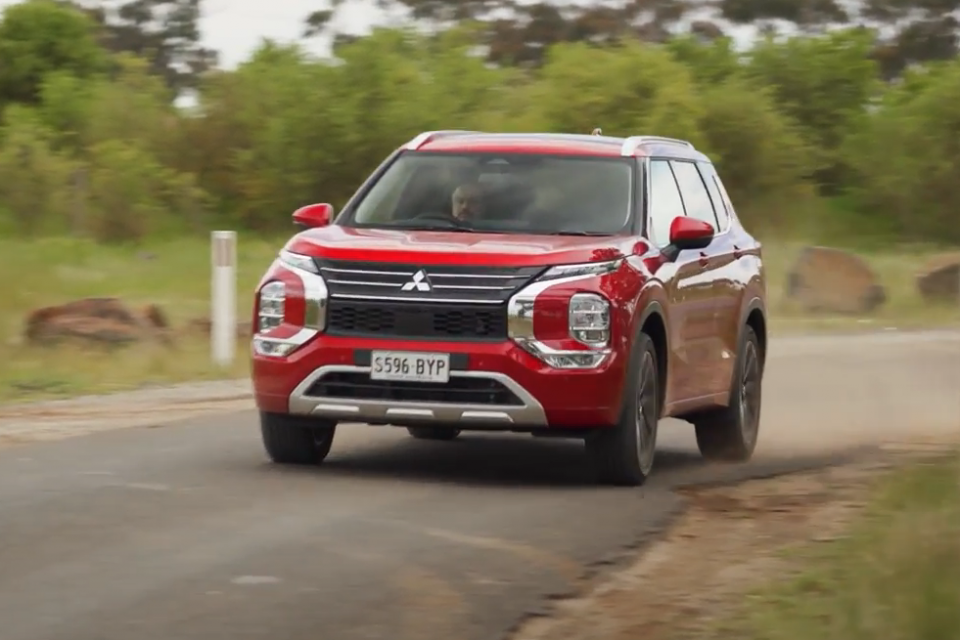
Although it’s heavier than the outgoing Outlander, the new model has been treated to only a modest increase in power and torque. That means it can feel a little sluggish behind the wheel. It’s up by 11kW of power and 25Nm of torque, but carries an extra 100kg+ of weight.
Being a CVT it also makes a fair racket when you do get stuck into it. It feels reasonable when the car is unladen, but if you start loading it up with passengers and cargo it begins to feel pretty slow. It also has a 1600kg braked towing capacity, but towing isn’t something I would want to be doing with passengers on board.
The Outlander PHEV should solve the power and torque deficit, but it’s expected to carry a much higher price tag than before.
From behind the wheel, the Outlander feels much bigger than its predecessor. The seating position is low and it feels like there is a lot of car around you. That’s mainly due to the dimensional increase; it’s longer and wider than the outgoing model and sits on a bigger wheelbase, which is obvious from behind the wheel.
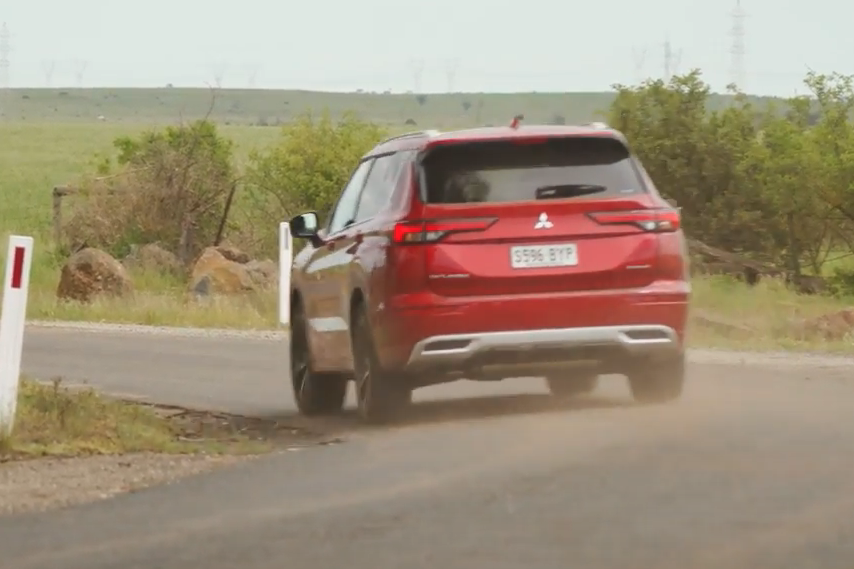
Visibility from the driver’s seat is good down the front and out the sides, but the rear three-quarter view can be tricky at times. The pillar is chunky and the privacy glass makes it difficult to see out of, especially at night.
In and around the city the Outlander’s ride is soft. It soaks up speed humps and potholes with ease. Its softness gives it a slight lack of body control at highway speeds, especially if you hit a consecutive set of undulations.
Mitsubishi has tried to compensate for the 20-inch alloy wheels by softening the ride, but that can lead to problems when the vehicle is laden or hits bumpy roads with a load on board.
It’s not bad, but it’s certainly not as composed as some of its other competitors in this segment – namely the Toyota RAV4 and Hyundai Tucson.
Mitsubishi has employed an all-wheel drive system called Super All-Wheel Control, which features a direct coupling for the rear axle and a brake control system for the individual rear wheels. It aims to tuck the vehicle in when steering and throttle is applied mid-corner.
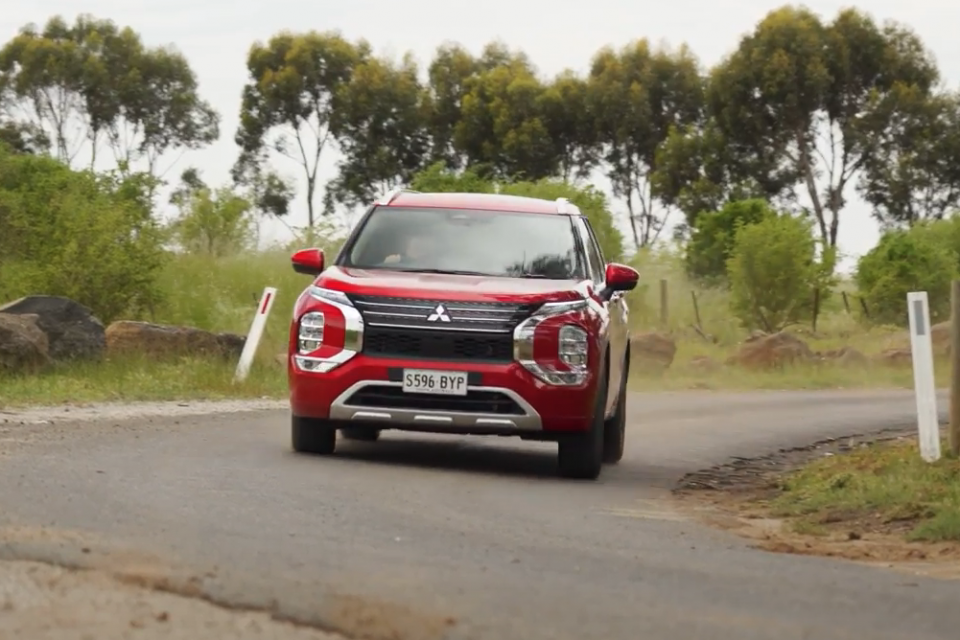
The soft suspension means there’s a fair bit of body roll, but the S-AWC system makes the Outlander feel a bit more nimble as it navigates turns. There’s even a display on the driver console to give you an idea of when the system is working and what it’s doing.
Ultimately, there’s not enough power to really take advantage of the system, so it’s something you’re unlikely to ever notice unless you’re driving aggressively.
Speaking of which, the CVT offers a multi-stage automatic transmission feel under high loads. It also does this in the Tarmac drive mode. The intention is to make the car feel less like its has a CVT, and more like a regular automatic.
The gearbox itself is good. It’s not the best CVT in the world and it’s also not the worst. If you move off and then back on to the throttle you can feel a noticeable driveline engagement, but it’s not unpleasant.
In a bid to give the all-wheel drive Outlander an adventurous feel, Mitsubishi includes a number of additional drive modes: Eco, Normal, Tarmac, Gravel, Snow and Mud. Moving between these modes changes the display ahead of the driver and, depending on the mode chosen, the vehicle adjusts stability control intervention to suit the environment.
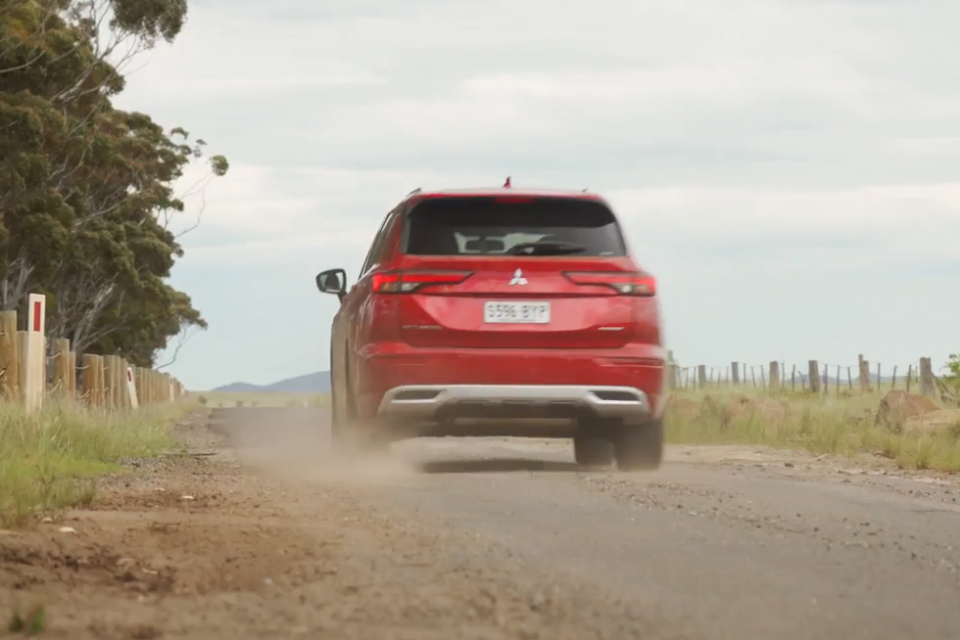
There’s 210mm of ground clearance and hill descent control. It’s not enough to do any major off-road driving, but it’s sufficient for heading to your favourite campsite on a rainy day.
When it comes to driver assistance features the lack of a lane-keeping assistant is both good and bad. Good, because some of them do a bad job at lane keeping… but bad because the system will grab the brakes to steer the car back into the lane. It can come as a surprise at times and is unsettling.
Thankfully these features can be switched off while the car is in motion via a menu ahead of the driver.
Cabin noise at highway speeds is good. As the speed picks up on coarse chip roads it can get a little boomy, but for the most part it’s a pleasant place to be seated on a long drive. It’s also worth noting the seats are very comfortable. The Exceed Tourer even adds massage functionality to the front seats.

Where expert car reviews meet expert car buying – CarExpert gives you trusted advice, personalised service and real savings on your next new car.
The Outlander has a five-year/100,000km warranty as standard, but it’s extended to 10 years and 200,000km if you service in the Mitsubishi dealer network using its capped-price service program.
Pricing for the first 10 services comes in at $3190, or an average of $319 per service.
You can read more about how the Outlander’s service costs compare to its rivals here.

The all-new Mitsubishi Outlander is a massive step forward over the previous model.
Aesthetically it looks pleasing in person – in top-specification Exceed trim it looks more premium than the old Outlander ever did.
On the technology front it’s also a big improvement over the Renault-Nissan-Mitsubishi Alliance infotainment system currently found in the Triton ute. While it’s still not class leading, it works very well and is future-proofed with excellent smartphone mirroring integration.
Ultimately though, the Outlander feels a bit let down with a small naturally-aspirated engine. It yearns for a turbocharged petrol engine or a diesel, and perhaps the Outlander PHEV will plug this gap when it finally lobs.
It’s worth taking one for a test drive with the family in tow to make sure it has enough punch for what you’re after.
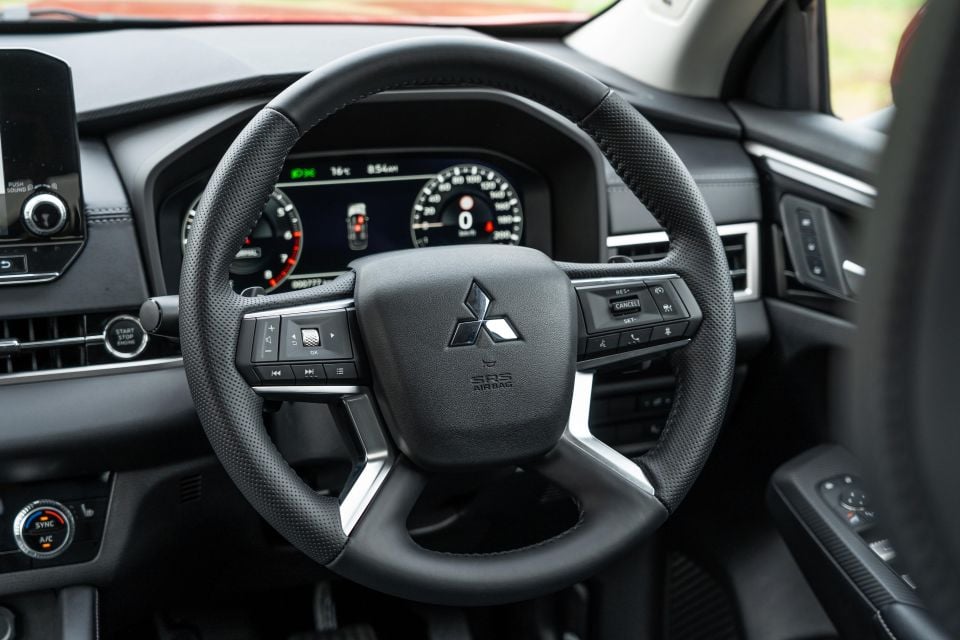
Click the images for the full gallery
Where expert car reviews meet expert car buying – CarExpert gives you trusted advice, personalised service and real savings on your next new car.
Paul Maric is a CarExpert co-founder and YouTube host, combining engineering expertise with two decades in automotive journalism.


Matt Campbell
1 Day Ago


Josh Nevett
4 Days Ago


Josh Nevett
6 Days Ago
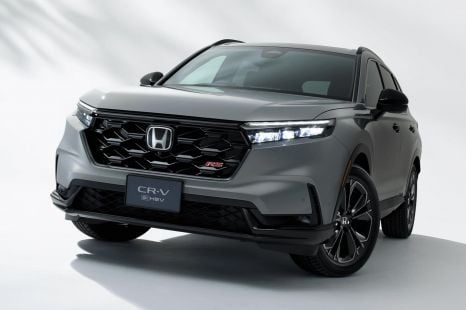

James Wong
8 Days Ago


Derek Fung
8 Days Ago


CarExpert.com.au
11 Days Ago